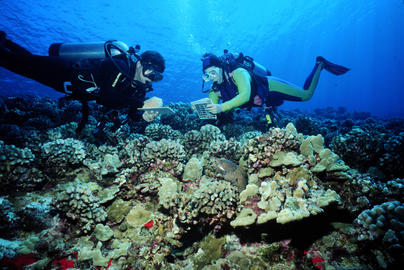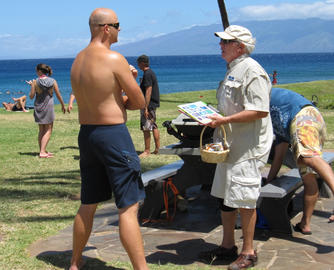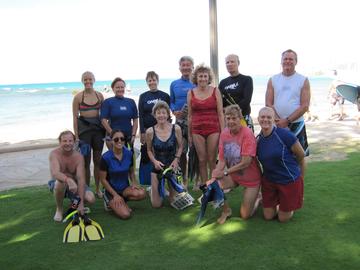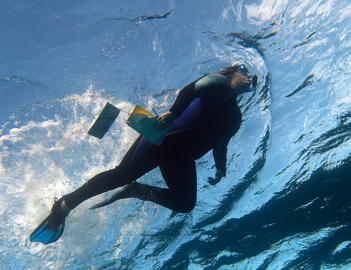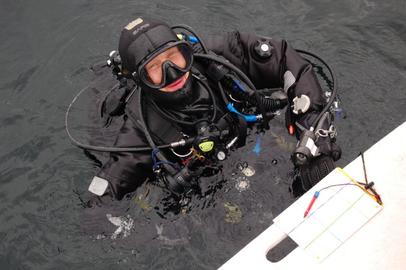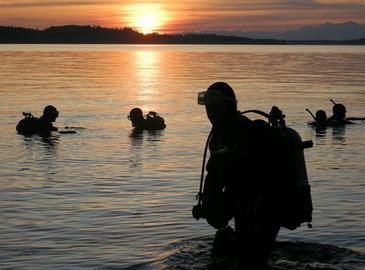Winter full moons mean that it's grouper spawning time! Since 2001, REEF has led the Grouper Moon Project, a multi-faceted, collaborative research effort with the Cayman Islands Department of the Environment (CIDOE) aimed at better understanding Nassau grouper reproduction and the role that marine reserves can play in the long-term protection of this endangered species.
Every month, scientists, government agencies, and other groups request raw data from REEF’s Fish Survey Project database. Here is a sampling of who has asked for REEF data recently and what they are using it for:
- Researchers from the Centro de Ecología Marina de Utila requested data on yellowtail snapper and other snapper and grouper species. The group is working to develop an ecosystem approach to managing Caribbean coral reefs in the face of climate change .
REEF members are at the heart of our grassroots marine conservation programs. Over 43,000 divers, snorkelers, students, and armchair naturalists stand behind our mission.
This month we highlight Don Judy (REEF member since 2008). Don lives on Maui, Hawaii, and has conducted 365 REEF surveys. Here's what Don had to say about REEF:
Do you dive close to where you live, and if so, what is the best part about diving there?
REEF is proud to partner with over 130 dive shops, dive clubs, individuals, and other organizations as REEF Field Stations.
Every month, scientists, government agencies, and other groups request raw data from REEF’s Fish Survey Project database. Here is a sampling of who has asked for REEF data recently and what they are using it for:
- A researcher from Florida State University requested data from sites along the west coast of Florida to evaluate how fish species richness is influenced by the presence of certain grouper species.
- A scientist from the Smithsonian Institute is mapping the distribution and co-occurance of garden eel species in the western Atlantic.
REEF announces the release of "The Lionfish Cookbook", available for $16.95 online at http://www.reef.org/catalog/cookbook. The book is a unique blend of 45 tantalizing recipes, background on the lionfish invasion and its impacts, as well as information on how to safely catch handle and prepare the fish. Invasive lionfish are a new threat to western Atlantic, Caribbean and Gulf of Mexico waters.
REEF members are at the heart of our grassroots marine conservation programs. Over 43,000 divers, snorkelers, students, and armchair naturalists stand behind our mission.
This month we highlight Georgia Arrow (REEF member since 2002). Georgia lives in Portland, Oregon, has conducted 686 REEF surveys in four different regions, and is a Level 5 Expert surveyor in the Pacific. She has the most surveys of anyone in the west coast Pacific region. Here's what Georgia had to say about REEF:
When and how did you first volunteer with REEF?
REEF is proud to partner with over 130 dive shops, dive clubs, individuals, and other organizations as REEF Field Stations.


